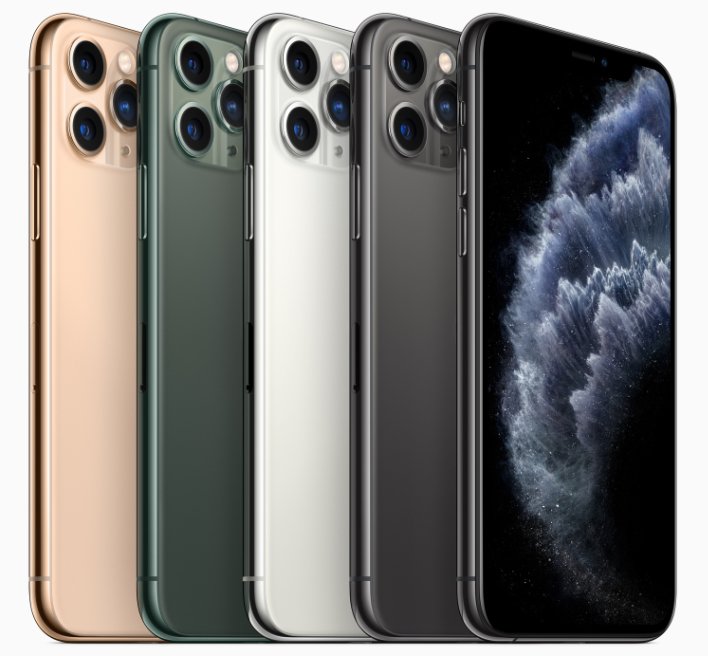Apple's Shimpi And Schiller Detail A13 Bionic Chip, iPhone 11 Smart Battery Cases Incoming

But equally important is the SoC that is powering the smartphones: the A3 Bionic, which is comprised of over 8.5 billion transistors. This new SoC is based on second-generation 7nm process tech, with a heavy emphasis on performance-per-watt. The folks over at Wired were able to talk with Phil Schiller, Apple's SVP of Worldwide Marketing, and former tech journalist Anand Shimpi, who is now part of the company's Platform Architecture Team.

Apple is often able to score some big wins over its Android counterparts in SoC benchmarks despite the fact that it's "only" working with six cores (two 2.66GHz "Thunder" high-performance cores, four "Lightning" efficiency cores). Flagship Android smartphones tend to use octa-core designs like the Kirin 990, Exynos 9825 and the Snapdragon 855. But Apple has the advantage of controlling the whole stack from hardware to the software that runs on its smartphones, which gives it a unique advantage.
"The reality is, we view it as performance per watt," said Shimpi. "We look at it as energy efficiency, and if you build an efficient design, you also happen to build a performance design."
"For applications that don't need the additional performance," Shimpi added. "You can run at the performance of last year's and just do it at a much lower power."
When all is said and done, the A13 Bionic is roughly 30 percent more efficient than the A12 Bionic used in last year's iPhones.

Schiller went on to add that the performance increases made possible with the A13 Bionic have allowed it to make further improvements to features like text-to-speech. "We've enhanced our iOS 13 text-to-speech capabilities such that there is much more natural language processing, and that's all done with machine learning and the neural engine."
We'll have to wait until we get the iPhone 11 and iPhone 11 Pro into our labs before we can get down to brass tacks on the year-over-year performance improvements, but things are looking pretty good so far.
In other Apple news, at its September keynote event, the company made it a point to mention that battery life has greatly improved over last year's iPhones -- especially on the iPhone Pro. The iPhone 11 now lasts one hour longer than the iPhone XR, but the iPhone 11 Pro and iPhone 11 Pro Max last four hours and five hours longer respectively. Part of that can be chalked to the aforementioned efficiency of the A13 Bionic, but it can also be attributed to the much larger batteries found on this year's models (the iPhone 11 Pro Max's battery is 25 percent larger).

Even with those runtime gains, Apple is still looking to give users even more courtesy of new battery cases. The folks over at 9to5Mac discovered references to three new Smart Battery Cases in iOS 13.1. They are the A2180, A2183 and A2184 which signify Smart Battery Cases for the iPhone 11, iPhone 11 Pro, and iPhone 11 Pro Max respectively.
Given the already impressive battery life for the new iPhones, we'd imagine that these new accessories will only be truly beneficial to folks that are going to spend a significant time away from a power outlet. If the previous-generation models are any indicator, we can expect for these new Smart Battery Cases to retain Qi wireless charging support along with a Lightning port for wired charging.
The Smart Battery Cases for the iPhone XR, iPhone XS, and iPhone XS Max are all priced at $129, and we don't expect that figure to change too much for the new iPhone 11 lineup.

